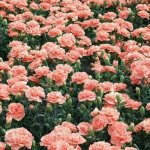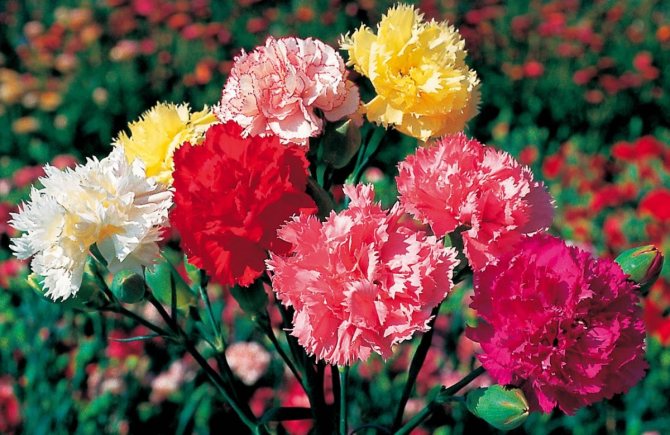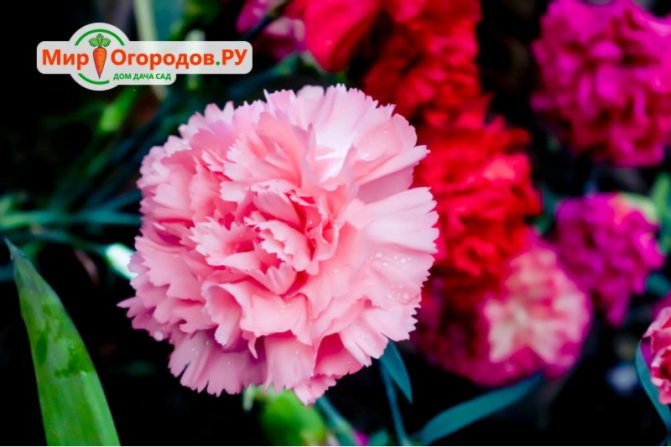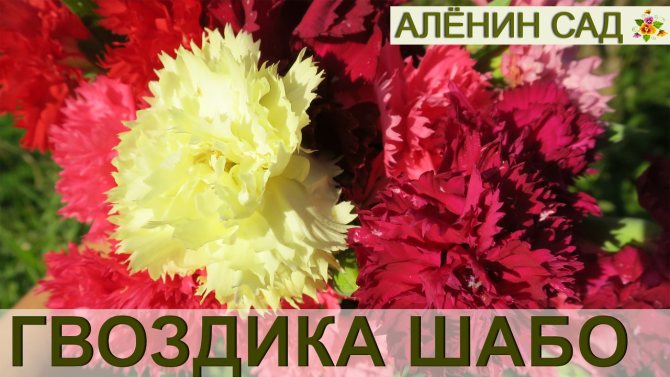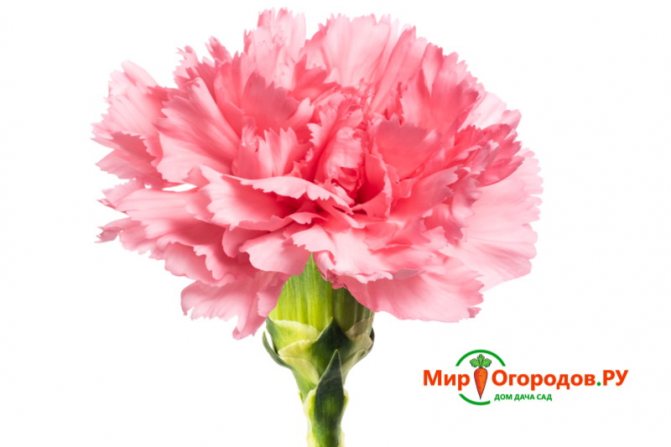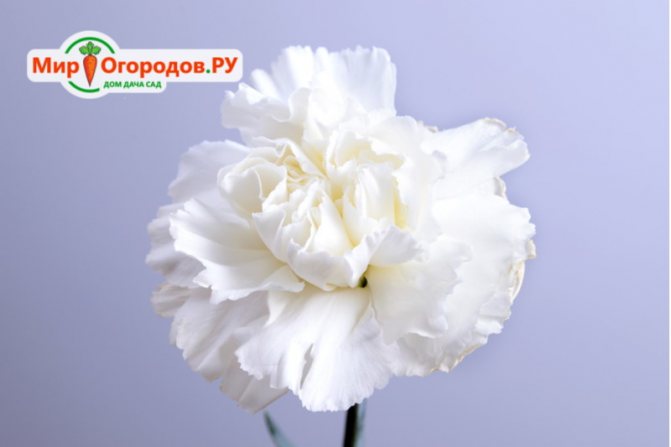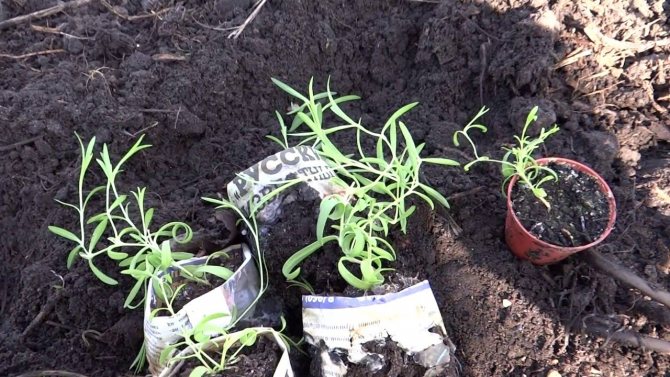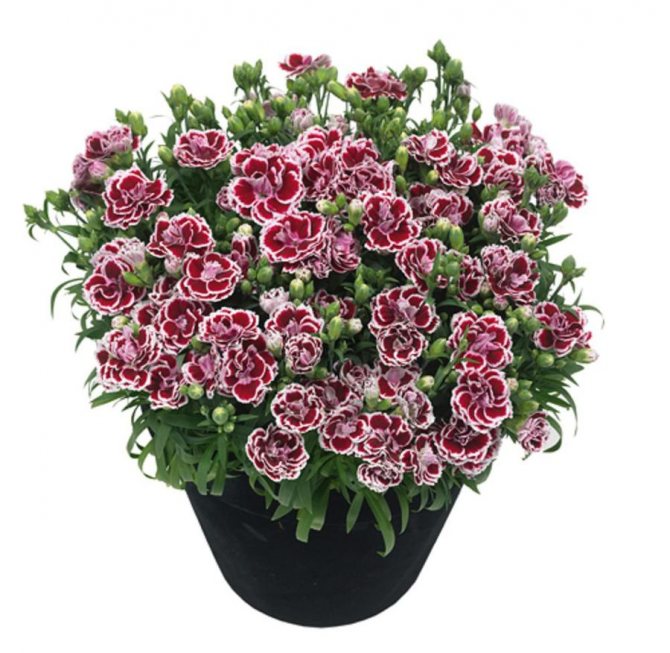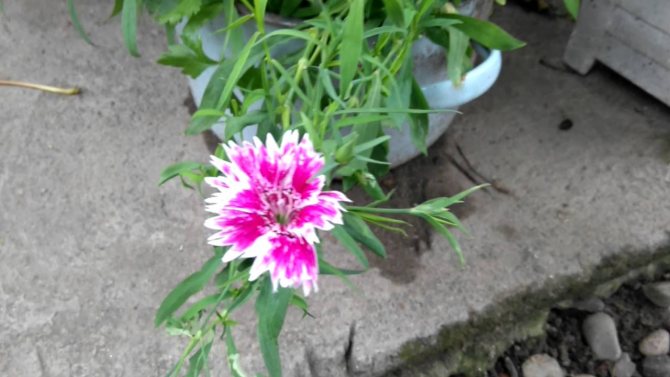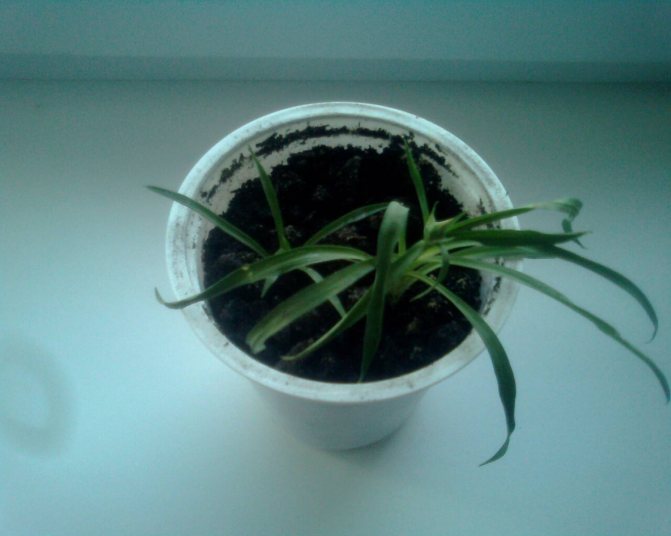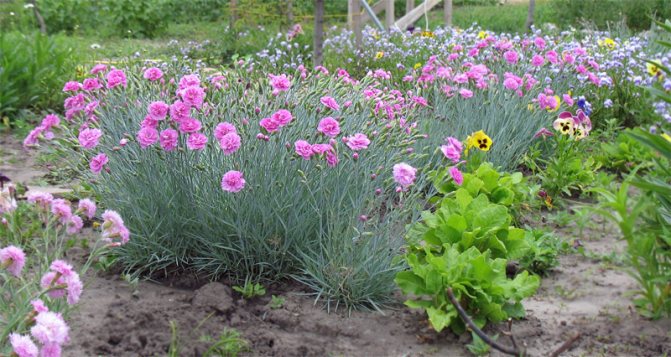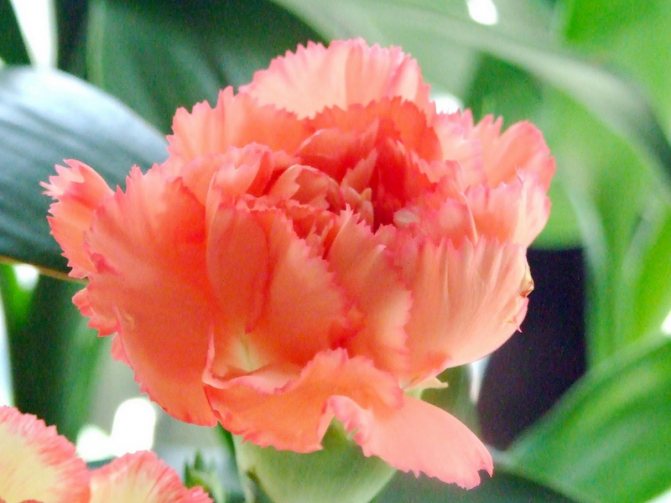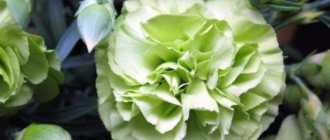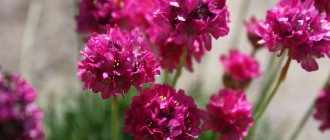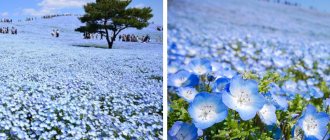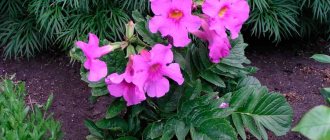Shabo carnation: grown from seed. Perennial at first glance captivates with its richness of bright colors, persistent aroma and vintage look. They bloom until the beginning of frost, they look equally impressive in a flower bed and in bouquets. How to grow such an original flower on your site?
Carnation shabo growing from seed
Description of the Shabo carnation plant
A carnation of this species can grow up to 30-80 cm. The roots are located at a depth of 20 cm and have a rod-like shape. The main stem is well expressed, the bush has a reverse-pyramidal shape. Shoots are rounded, blue with a bluish-green tint. The flowers are large enough, of various shades. They can be simple, terry, semi-double, curved, corrugated, split and folded. Clove seeds ripen in a cylindrical box with five teeth. Seeds are small and black in color, rough.
This article will talk about how to properly grow Shabo carnations, grow and care for them in the open field.
The most beautiful varieties with names and photos
The parental pair of Shabo is two varieties - garden and tree. This selective origin did not prevent the hybrid from becoming the basis for many other varietal forms. Unlike Turkish or Chinese carnations, this species is not intended for indoor use.
Champagne
A medium-sized cultivar with a height of about half a meter. Differs in lush bushes, which simultaneously bloom up to 20 buds with a diameter of 60 mm. Inflorescences are densely doubled, composed of serrated or corrugated petals of a rich champagne shade. During flowering, which begins in mid-summer, the flowers give off a bright, long-lasting scent.
La France
Luxurious bush carnation of candy pink color, growing up to 0.5 m. When blooming, it is covered with large terry baskets with fringed, slightly curved petals. The opened buds have a subtle spicy scent that intensifies when it rains. La France blooms until late autumn and tolerates warm winters well.
Picotee fantasy mix
An unusual mix of tall flowers with thin strong stems up to 0.6 m long. Excellent for cutting. Terry inflorescences with a diameter of about 60 mm are distinguished by a bright bicolor color. Snow-white, yellow, salmon, scarlet, lilac, pinkish petals are framed with a thin border of dark crimson or burgundy color.
Dionysus
The compact Dionysus carnation grows no higher than 0.4 m and looks good as a curb planting. Blooms in densely double snow-white baskets with a delicate, delicate aroma. During budding, the uniform color has a pale green tint, which completely disappears over time. Up to 30 buds can bloom on the bush at a time.
Story
Another vibrant varietal mix including amber, white, pastel and pink shades. Differs in the presence of a thin border of maroon or raspberry color. Terry inflorescences, 70 mm in diameter, consisting of fringed, slightly wavy petals. The Tale grows up to half a meter, forming small lush bushes.

Story
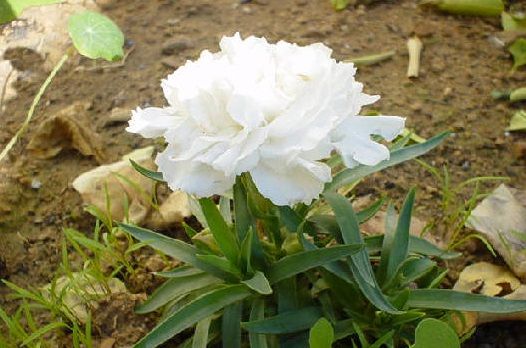

Dionysus


Champagne


La France


Picotee fantasy mix
Growing from Shabo Clove Seeds


Sowing seeds
It is necessary to plant Shabo carnation seeds in prepared soil with a neutral reaction. To do this, you need to mix peat, turf soil, sand and humus. The box for planting seeds should be plastic with good drainage holes, about 6 cm high. The best time to plant carnation seeds for seedlings is from mid-January to the end of February. If you plant the seeds earlier, you will have to additionally highlight them, and if you plant them later, then the carnation will begin to bloom only at the end of summer.
It is not necessary to process the clove seeds before planting, but treatment with a growth activator does not hurt. The prepared soil must be evenly distributed in the box and watered abundantly before planting. Then spread the clove seeds on the surface at a distance of one centimeter from each other and sprinkle with calcined sand. Boxes with planted carnation seeds must be covered with plastic wrap to create a greenhouse effect.
Seedling carnation Shabo
For germination of carnation seeds, a temperature of no higher than 15 degrees is needed. If it is too hot in the house, then it is better to grow seedlings not on the windowsill, but on the floor, but away from heating objects. Watering should be carried out regularly, without allowing the soil to dry out, but this is best done with a sprayer, so as not to accidentally wash the seeds. Every day, remove the film from the boxes for at least 10 minutes, be sure to remove the collected condensation from it. With the creation of the necessary conditions and proper care, the first shoots will appear in a week, or maybe even earlier. After the shoots appear, the film must be removed and the boxes must be placed in a place where the temperature is about 13 degrees, the most suitable window sill will be on the south side of the house. Watering must be reduced and the soil must not be waterlogged.
Seedling picking
When the seedlings have two true leaves, they must be planted in separate pots or seedling cassettes with a diameter of about four centimeters. For seedlings planted earlier, it is necessary to carry out another transplant after the fourth pair of leaves appears. This time, the pots should be at least 10 cm in diameter. After the formation of the fifth pair of leaves, you need to pinch. If at this stage of growth the plants are very pale and their growth is slowed down, then they must be fed with fertilizers containing nitrogen. After the second pinching, it's time to start hardening the seedlings. To do this, take it out to a cold place starting at 10 minutes and gradually increasing the time. After the threat of night frost is gone, you can transfer the seedlings to the greenhouse and grow them there until they are transplanted into the open ground.
Sowing seedlings
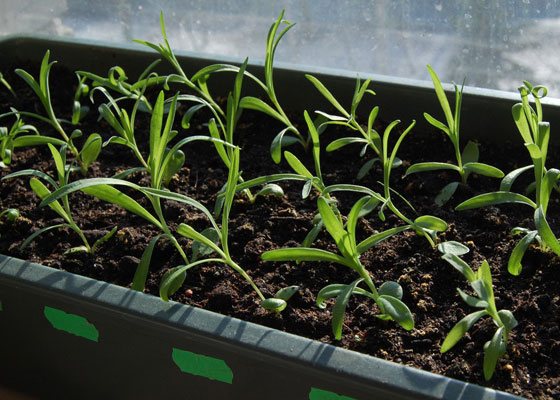

Growing planting material from seeds is called a difficult process by some gardeners, while others believe that it is quite simple. If we talk about difficulties, then, probably, this is only a short winter day in the middle zone of the country (sowing begins in January or February), because of which the sprouts will receive an insufficient amount of natural light. But it can also be replaced with a phytolamp or even a simple lamp.
The soil is prepared from turf, peat, humus and sand. Everything must be mixed in a ratio of 2: 2: 2: 1 and poured over with water. Before sowing seeds, they should be soaked in a weak solution of potassium permanganate. Then they are laid out in prepared containers, sprinkled on top with a thin layer of sand. Glass is placed on top of boxes or cassettes or covered with foil and left next to the window in a warm room.
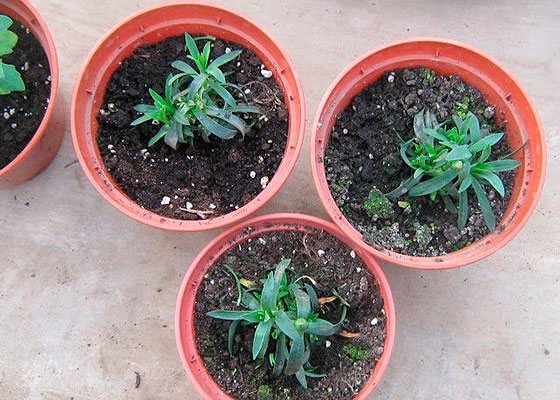

When the first shoots appear, the boxes need to be rearranged on the windowsill. The air temperature should be at least 14 degrees, so if severe frosts are expected at night, it is better to remove the seedlings.
You also need to regularly open the film or lift the glass and wipe them, removing excess moisture.Watering is done with care and infrequently, so that the soil is only slightly moist.
Since shabo develops slowly, picking is recommended. The first time is about a month later, when there are already 2 leaves. In this case, the distance between neighboring plants should be about 4 cm. The second time they dive when there are 3-4 leaves. When the fifth appears, it is imperative to pinch the growth point.
Hardening is useful for plants, but it is important to ensure that there are no drafts and that the air temperature does not drop below 12 degrees. If there is a lack of lighting, it is better to additionally highlight the sprouts. In general, daylight hours for this variety should be around 17 hours.
Planting Shabo carnations in open ground
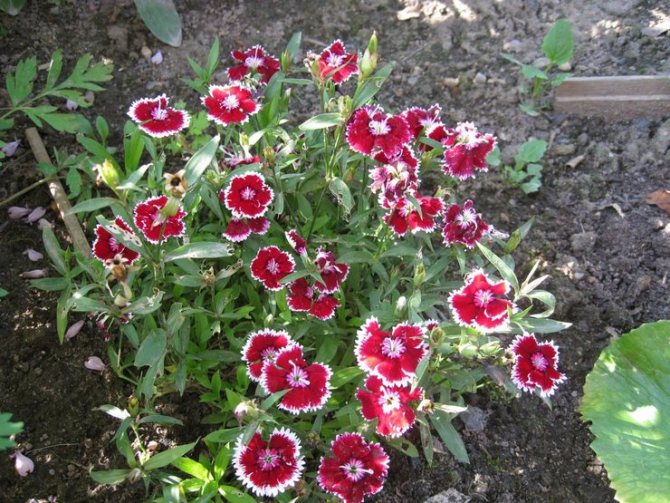

It is possible to plant seedlings of Shabo carnations already at the beginning of May, since it is hardened and short-term small frosts are not afraid of it. The planting site should be in the sunny side of the site, since the Shabo carnation is a photophilous plant. The soil should be fertile and neutral or slightly alkaline. Cloves will not take root in clay and sandy soil.
The soil for planting Shabo carnations must be prepared in the autumn. To do this, during digging, add 20 kg of compost or humus and forty-five grams of phosphates per square meter. This will significantly improve the condition of the soil. And in the spring you need to apply fertilizers containing potassium and nitrogen.
Before planting seedlings in open ground, it must be watered abundantly and transplanted into the dug holes along with an earthen clod. The root system should be deepened to the same depth, in no case more. After planting, you need to water the soil abundantly.
Shabo carnation care
Watering
Growing a Shabo clove is not easy. In order to grow a healthy bush with large flowers, you have to work hard. It is necessary to regularly water the soil and prevent it from drying out. After each watering, you should loosen the soil around the bushes with extreme care so as not to damage the root system. Loosening regularly will help you weed less frequently. Too long shoots must be tied up so that they do not lie down. It is also necessary to regularly carry out preventive spraying, which will prevent the development of various diseases and the appearance of harmful insects.
Top dressing and fertilizers
The first feeding should be nitrogen fertilizers, which should be carried out a week after planting seedlings in open ground. During the active formation of buds, you need to add a second top dressing - potassium sulfate and ammonium nitrate. Shabo does not like organic fertilizers, but mineral fertilizers can be applied every 2 weeks if necessary.
Transfer
Every two years, it is necessary to transplant the bushes to rejuvenate them and thin out a little.
Stepping
In order to get a large flower, it is necessary to remove excess buds during the period of bud formation and until autumn, leaving only the central one. This will enable him to grow sharper and larger. And in order for flowering to last longer, you need to remove dried inflorescences and leaves in time. The Shabo carnation can continue to bloom until mid-autumn.
Reproduction of Shabo carnation
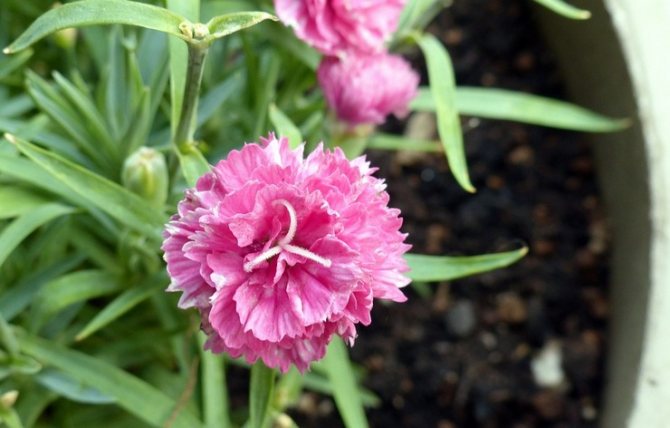

The seed method often does not give the desired result, since the varietal characteristics are poorly preserved. Therefore, propagation of Shabo cloves is best done by cuttings. To do this, the bushes are dug up in the fall and stored in a cool place in winter, and with the onset of spring, you need to cut cuttings from the central part of the bush so that one cuttings have at least two living buds. Immediately after cutting, the cut sites must be lubricated with a root growth activator and planted in moist sandy soil. To create a greenhouse effect, cuttings should be covered with glass jars.Every day, jars need to be removed for 10 minutes in order for the cuttings to air. After a while, the roots will grow and bushes will form.
Growing features
At home, they sow the same varieties of carnations as in the flower beds. Garden, Turkish and Chinese carnations look especially impressive in pots. The original variety of the culture is a hybrid carnation. It is an annual plant with a bright, abundant color. Some varieties are propagated exclusively by seed.
Selection and preparation of planting material
To grow a plant with seeds, it is important to choose a quality seed. Rely on trusted manufacturers. When buying seeds, pay attention to the information on the package. There must be a date of packaging and a shelf life. Responsible companies provide advice on sowing and crop care.
Diseases and pests
The Shabo carnation is extremely rarely affected by diseases and pest attacks. But if the weather is too rainy and stuffy, then fungal diseases can begin to develop. In order for the disease not to spread, it is necessary to remove the affected plants, and carefully treat the rest with special solutions.
As for pests, aphids, ticks and thrips love to feast on cloves. They suck the sap from the plant, because of this, the plant deforms and becomes less beautiful and attractive. Also, pests are a difference of various viral diseases, so they must be eliminated without fail. To do this, you need to treat the carnation bushes with special insectoacaricides.
What or who can threaten plants
In general, cloves are highly resistant to many diseases. However, dampness and moist soil can provoke the occurrence of diseases such as fusarium (or root rot) and heterosporia. In both cases, the affected plants must be immediately removed from the site, and the soil must be disinfected with fungicides. It is advisable not to grow Turkish carnations in this place for at least 2-3 years.
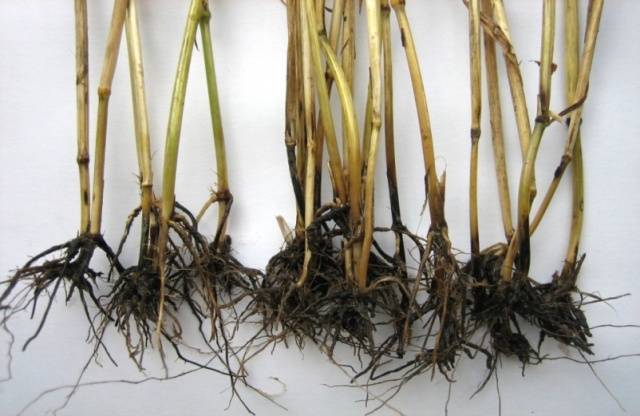

From pests in flower beds with cloves, spider mites and aphids can be found, which suck out all the nutritious juices from the plant. If you find insects on flowers, take urgent measures to combat. You can use insecticides or resort to folk remedies.
In spring, young, tender shoots of carnations are attacked by rodents. After their invasion, it is almost impossible to save the flowers. Therefore, take care of the carnation prematurely. Spread poison or rodent traps around the plants.
The author of the video will tell you about the rules for planting Turkish carnations for seedlings
Shabo carnation varieties
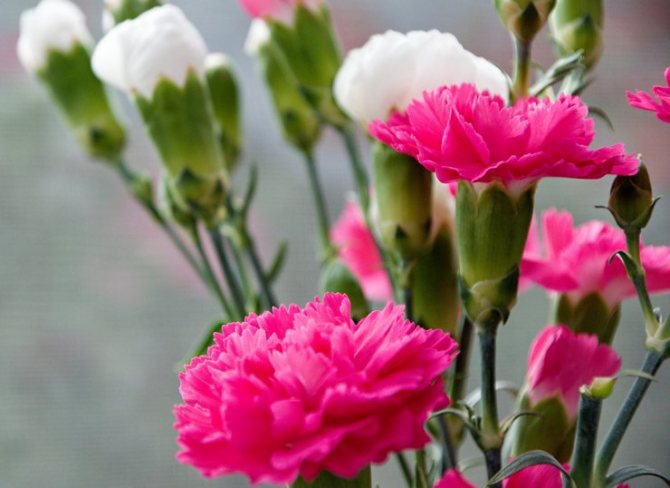

The most popular varieties and Shabo carnations are:
- Lezhien D'Oner - the flowers of this variety have an unusual and interesting color of a dark cherry shade with a red tint.
- Girofle - flowers have a beautiful purple color.
- Marie Shabo - this variety is very interesting, its flowers have a bright yellow tint.
- Jeanne Dionysus - the flowers of this variety are snow-white and quite large.
- Aurora - flowers have an original salmon-pink color.
- The varieties Foyer Koenig and Etinselyan have flowers of different shades of red.
- The Mikado cultivar is the owner of rare and unusually beautiful lilac flowers.
- Ruby - the flowers of this variety have a dark red color, like the ruby gem. Hence the name.
- Fire King - the flowers are somewhat reminiscent of fire, as they have a bright red color with an orange tint.
- Pink Queen - flowers are large and pale pink. The carnation is beautiful and delicate, hence the name - pink queen.
- Benigna - flowers of light shades of lilac with purple edging.
- Nero - velvety dark red flowers. They do not fade in the sun.
The Shabo carnation will be a great garden decoration and will look beautiful in combination with other garden flowering plants. Carnation also looks original and beautiful in flower arrangements and does not fade for a long time.
Varieties of garden carnations and their photos
Garden carnation has a large number of types, but we will consider only a few of them. Some descriptions are supplemented with photos in which you can see this or that flower with your own eyes.
Turkish carnation
A garden flower with that name refers to biennial, its height ranges from 20 to 60 cm. The flowers are variegated or monochromatic, have slightly flattened caps.
The homeland of this plant is Southern Europe, it grows in the wild in places such as:
- groves;
- deciduous forests;
- river sands;
- rocky slopes;
- meadows.
In Russia, occasionally found in the European partand also in the Far East.
Artificial planting and growing is often practiced. The most popular are mixtures of different varieties with variegated flowers.
The Turkish carnation is cultivated as a biennial plant, but it is still considered a perennial flower. In the first year, a deciduous rosette appears, and the plant begins to bloom in summer in the second year. This continues for about one and a half months. In the third year, in most cases, planting must be done again.
Repair carnation
It is this type of carnation that can be most often found. on the shelves of flower shops... They can stand for the longest time in cut form and are well transported. The height of such a flower can reach one meter, and the leaves have a waxy coating. Varieties are subdivided according to their height into tall, medium-sized and compact. These flowers are perfect for growing on the balcony or in the garden. The compact varieties are good for planting in pots.
The color of the repair carnations can be different:
- white;
- pink;
- purple;
- red;
- yellow;
- Orange;
- bicolor.
Grenadine
Repair carnation has two forms, which some gardeners still consider separate species:
- Shabo carnation;
- Grenadine.
Garden carnation Grenadine is a biennial plant. In the photo you can see its features:
- strong branches;
- height up to 70 cm;
- leaves with a silvery-bluish bloom and notches.
After planting in the first year of home or garden cultivation a root rosette is formed, and in the second year, the plant gives abundant flowering, lasting the whole summer.
The range of shades of this type of carnation is also quite large, ranging from white and yellow to variegated, in some cases with a border.

